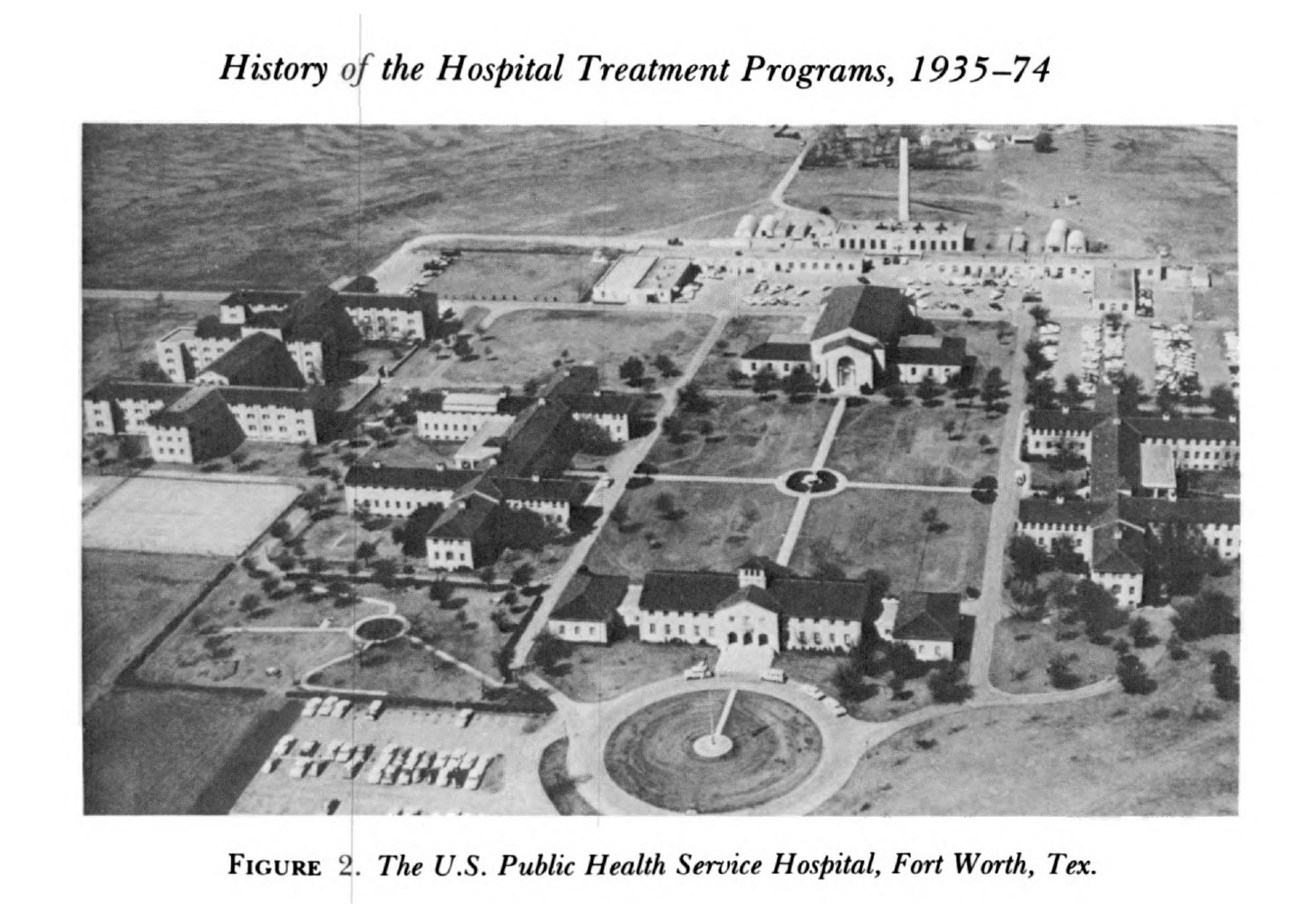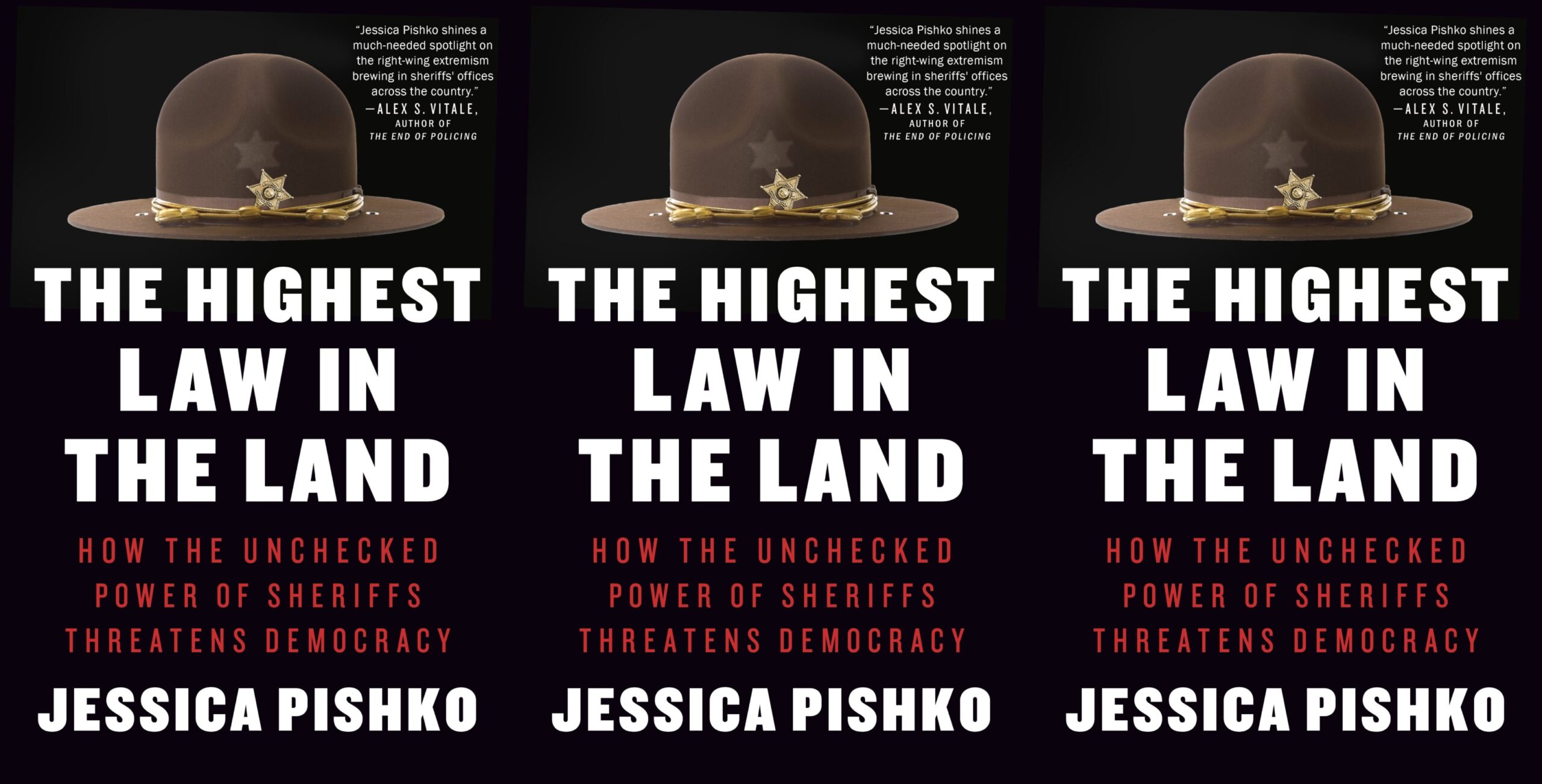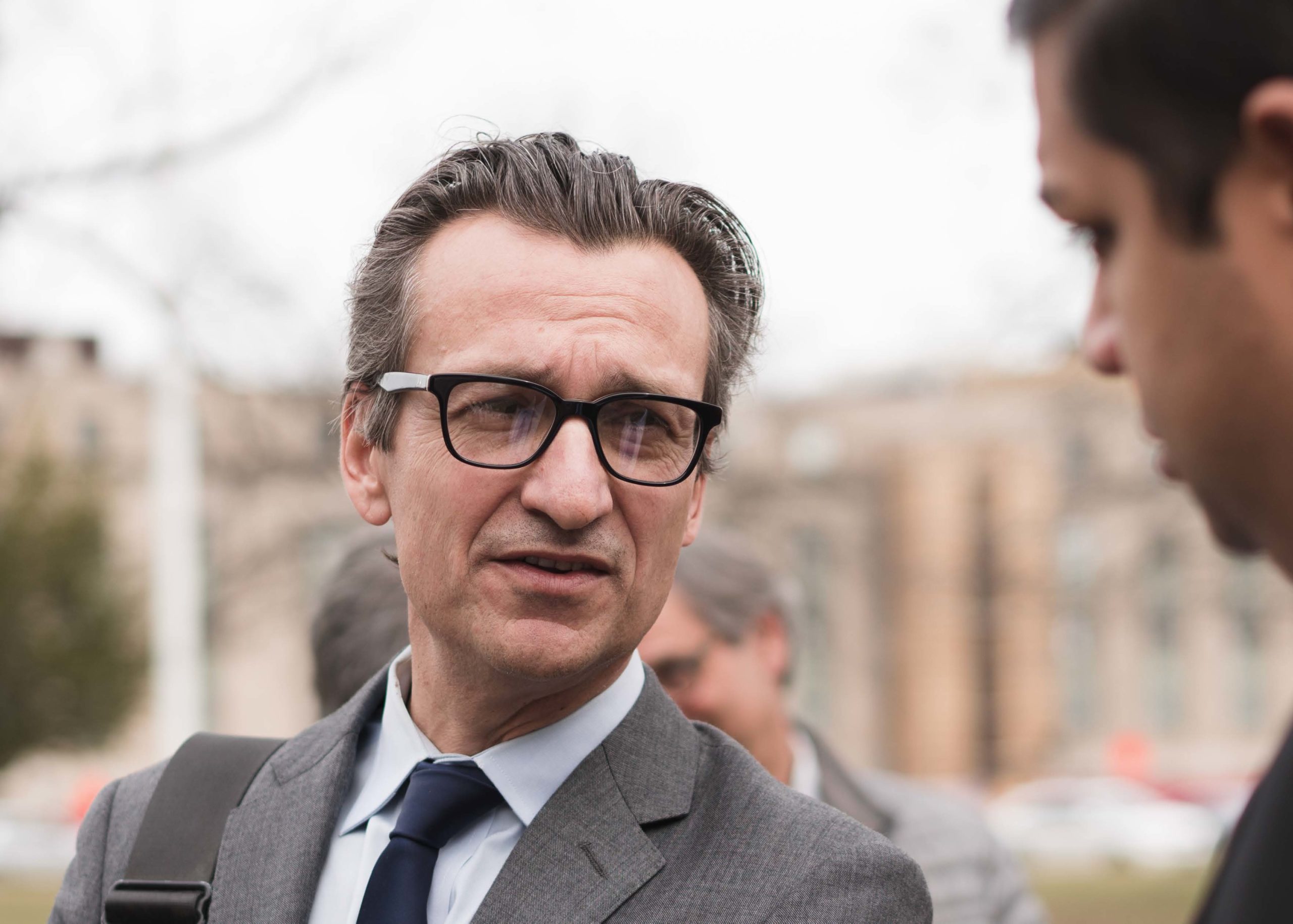
A Brief History of Junk Science and Bad Forensics
“Texas has a long history with the use of unreliable evidence. [It also has made] unique efforts to address that searing history.”
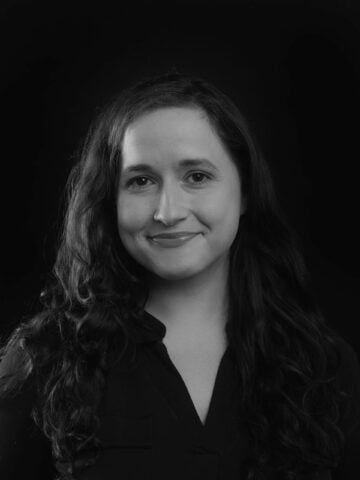
John and Sally Sweek, a young married couple living in east Dallas, were known by friends—a lively party crowd—to sell cocaine out of their apartment. Two of those friends found their bodies there in 1987: The Sweeks had been stabbed to death.
The bloody crime scene was teeming with what investigators considered to be excellent forensic evidence. John appeared to have a bite mark on his left forearm. Sally had hair under her fingernails, presumably from fighting off her attacker. There were two pairs of bloody shoe prints.
Police initially suspected a gang member, then a tip led them to Steven Mark Chaney, a friend who owed the Sweeks $500. It turned out the couple often sold drugs to friends on credit.
Years later, Chaney became attorney M. Chris Fabricant’s first client at the Innocence Project.
Fabricant, now the nonprofit’s Director of Strategic Litigation, quickly learned that Chaney had an alibi corroborated by multiple witnesses. His conviction rested on what Fabricant saw as flawed evidence—bits of forensic gold in the 1980s that turned out to be worthless junk in the decades that followed. One shoe print appeared to match a pair Chaney owned. And the chief dental consultant for the Dallas Medical Examiner had visited Chaney in jail, examined his teeth and determined Chaney couldn’t be ruled out as the person who made the bite mark.
But by the 2010s, bite marks and shoe prints were considered junk science. Another seemingly solid piece of evidence against Chaney—a latent fingerprint—confirmed Chaney had visited the apartment, but that could be easily explained: He had partied with the Sweeks before their deaths.
Fabricant’s new book, Junk Science and the American Criminal Justice System (published by Akashic Books in April) tells Chaney’s story and those of other innocent people convicted with unsound forensic evidence. Chaney was released in 2015—after nearly 30 years in prison.
Fabricant expertly delves into now-discredited forensic tactics, including bite mark analysis and outmoded methods used in arson investigations, to show how investigators and prosecutors often used pseudo science to put innocent people in prison for decades. He chronicles several key Texas figures, including infamous Dallas District Attorney Henry Wade, whose ultra-high conviction rate defined his career and led to multiple wrongful convictions.
The Texas Observer spoke with Fabricant about his mission to “change the narrative around the infallibility of forensics,” as well as Texas’ place in the national discourse around junk science and the ongoing fight to keep it out of courtrooms.
This interview has been edited for clarity and length.
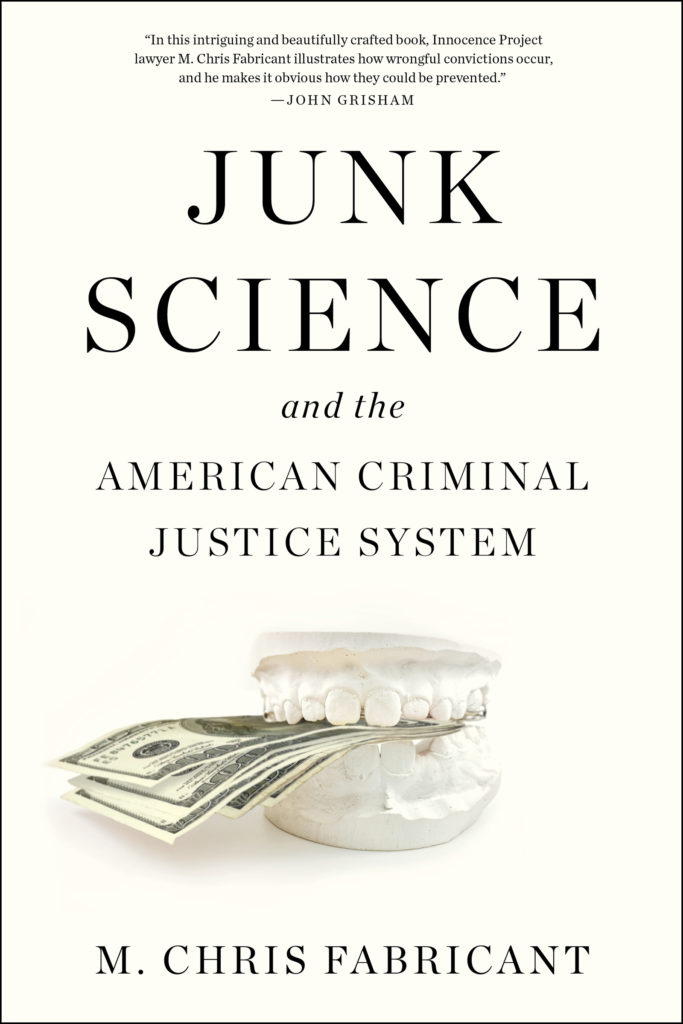
Your first case with the Innocence Project was in Texas. What were the things you had to contend with that were specific to the state?
Texas is the most paradoxical state to litigate forensic science in in the country. There’s a long and egregious history of the use of junk science … There are examples of wrongful executions that include Cameron Todd Willingham, Tommy Lee Walker, and David Wayne Spence, all of which rested at least in part on junk science. At the same time, Texas has some of the most progressive laws [regarding post-conviction innocence claims] and some of the most innovative District Attorneys Offices in the country as well. There’s an interesting history out of the Dallas District Attorney’s Office in particular, which is where my client Steven Mark Chaney was wrongfully convicted of a homicide and spent decades in prison for a crime he didn’t commit.
Texas has a long history with the use of unreliable evidence. [It also has made] unique efforts to address that searing history, including passage of the first junk science writ in the country, the first conviction integrity unit at the Dallas District Attorney’s Office … And the Texas Forensic Science Commission, which is the most important and innovative and transparent forensic science commissions in the country, if not the world.
Dallas has become a poster child for overturning convictions, many of which were passed down during Henry Wade’s tenure as the DA from 1951 to 1987. Wade is best known as the prosecutor in Roe v. Wade. But what does his career tell us about Texas’s historical stance on forensics?
Everything you need to know about the criminal justice system in Texas can be learned through studying the history of the Dallas District Attorney’s Office. Indeed, everything that you really need to know about our justice system and the country as a whole.
You begin with the harnessing of our criminal legal system to enforce Jim Crow laws and the transition away from Jim Crow to mass incarceration policies to control marginalized communities. That was run through so-called “tough on crime” shops like Henry Wade’s. History shows that led to the wrongful prosecutions and executions of innocent by and large men and disproportionately Black and brown people.
As we see some progress made in this area, Craig Watkins [one of Texas’ first Black elected DAs] ushers in this incredible period of change that was really largely responsible for unraveling Henry Wade’s legacy—that and his own evidence retention policies.
When you have inarguable wrongful convictions, and what I argue are wrongful executions, it really forced Texas and Dallas in particular to take a hard look at what we’re doing in our criminal courts and try to put in some prophylactic measures to avoid this happening again: things like the Michael Morton Act, and some retrospective measures including the junk science writ. The Forensic Science Commission is important both in terms of past cases … but also in preventing future crime lab scandals and to assure, to the extent possible, that valid and reliable science is being used in Texas criminal courts.
“Everything you need to know about the criminal justice system in Texas can be learned through studying the history of the Dallas District Attorney’s Office.”
Several well-known forensics have been discredited in recent years. Your book even points out some issues with fingerprints, which are often imperfect in a crime scene setting. Can we trust anything but DNA testing?
I’m asked that question a fair amount, and it’s hard to answer it categorically. If I were to answer it categorically, my answer would be no.
But to be a little bit more specific … you can take a reliable technique and make it pretty unreliable, depending on the quality of evidence. If you don’t have enough information from a crime scene sample—and we don’t really have any objective thresholds about how much information one actually needs to come to a reliable conclusion—then we can take a reliable technique and make it pretty junky. We see that in fingerprints, when we don’t have high quality latent fingerprints, it’s much more susceptible to cognitive bias, it’s much more likely to have random potential matches, and it’s much more likely to have a higher error rate. This is true to a certain degree with DNA evidence, too. Then there’s things like bite marks, which can never be done reliably under any circumstance.
This is why it’s so important that courts take seriously not only their role in excluding junk science—things like microscopic hair comparison evidence, bite mark analysis, tire treads, and Shaken Baby Syndrome cases—but to also take seriously their role in excluding an unreliable application of an otherwise reliable technique, which we see very, very often. And that is as common as any other type of junk science.
Your book notes that for most felonies, DNA exonerations aren’t an option. Crimes like robberies, arson, drive-by shootings, or even assaults often don’t include the transfer of any genetic material. Even in Steven Chaney’s case, the DNA under the victim’s fingernails was found to belong to someone else, but that wasn’t enough to convince the courts—they assumed there had just been an accomplice. Is there any recourse for wrongfully convicted people who are sitting in prison with no hope of a DNA exoneration?
One of the reasons that I focused on Steven Chaney’s case is it really demonstrates that even with some DNA evidence what a Herculean struggle it is to overturn a conviction—let alone demonstrate innocence without the power of forensic DNA analysis. And it becomes harder and harder every time the Supreme Court reinterprets the Anti-Terrorism and Effective Death Penalty Act, to further saw off avenues of post conviction review of state court convictions, which is where the overwhelming majority of wrongful convictions occur.
We are often in a fight against time, and we are often also in this frustrating position of scientific reality having overruled legal precedents but that not being acknowledged in criminal courts … I think that the continued use of junk science and other unreliable forensic techniques, is whistling past the graveyard or creating clients for the Innocence Project and making it harder and harder to free the innocent.

